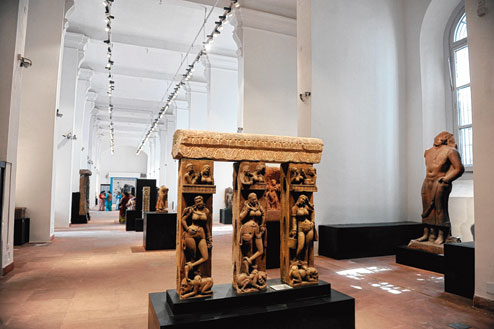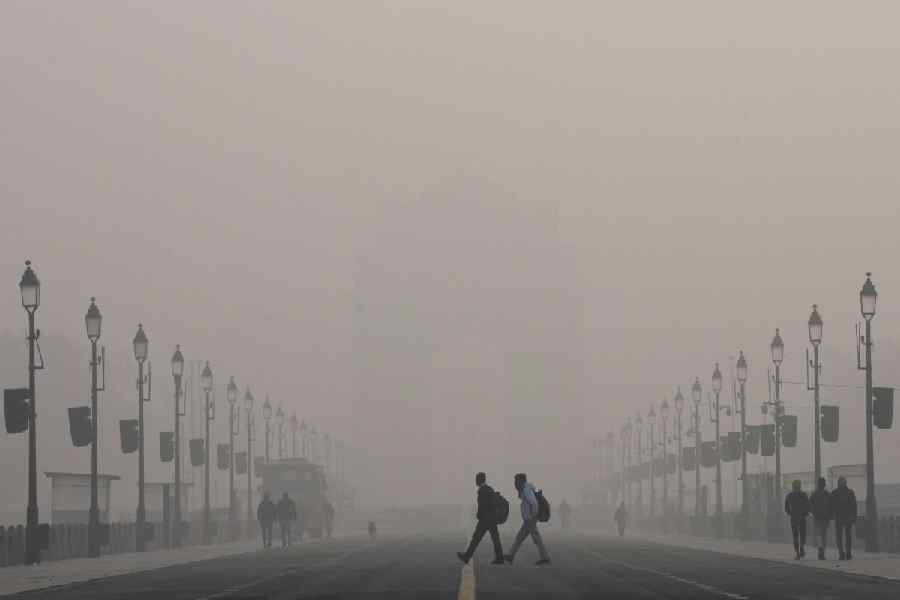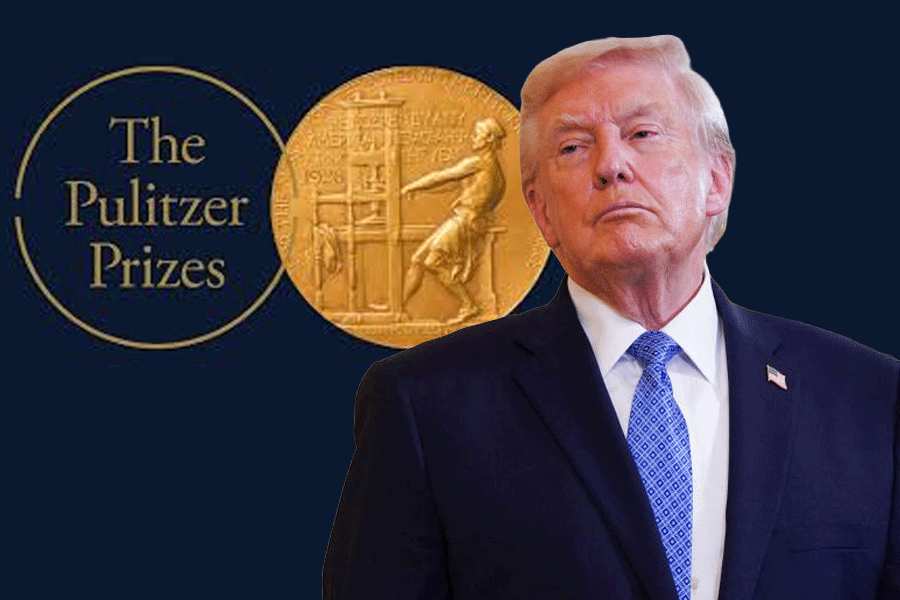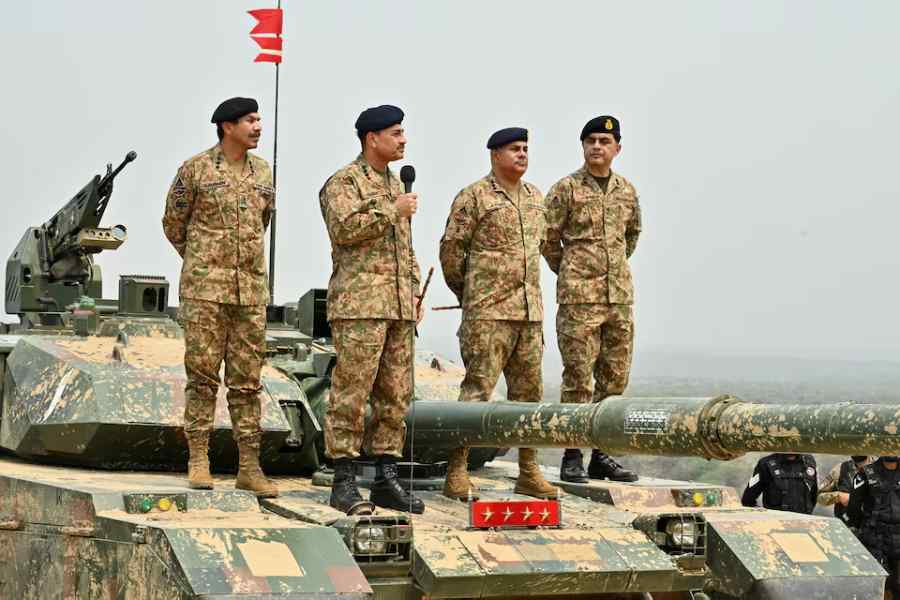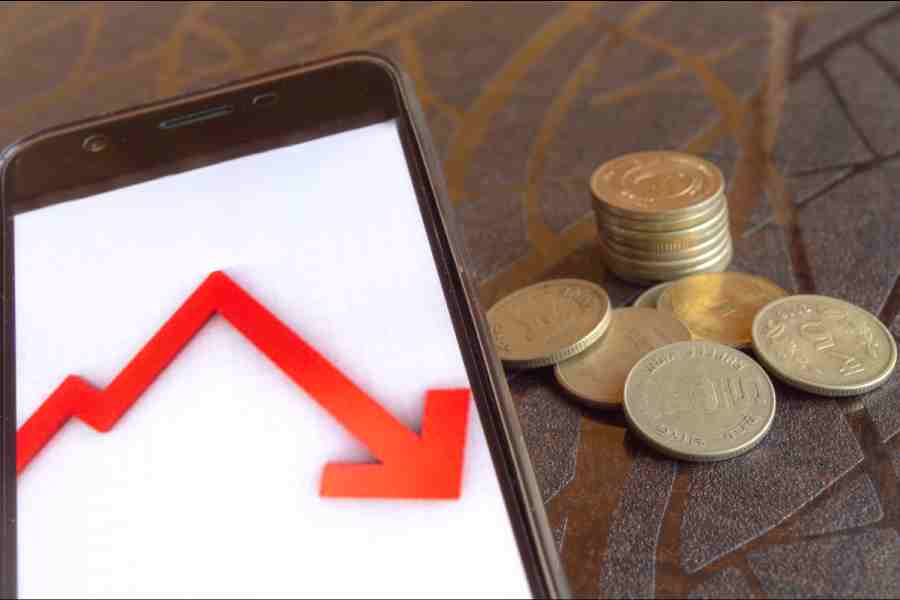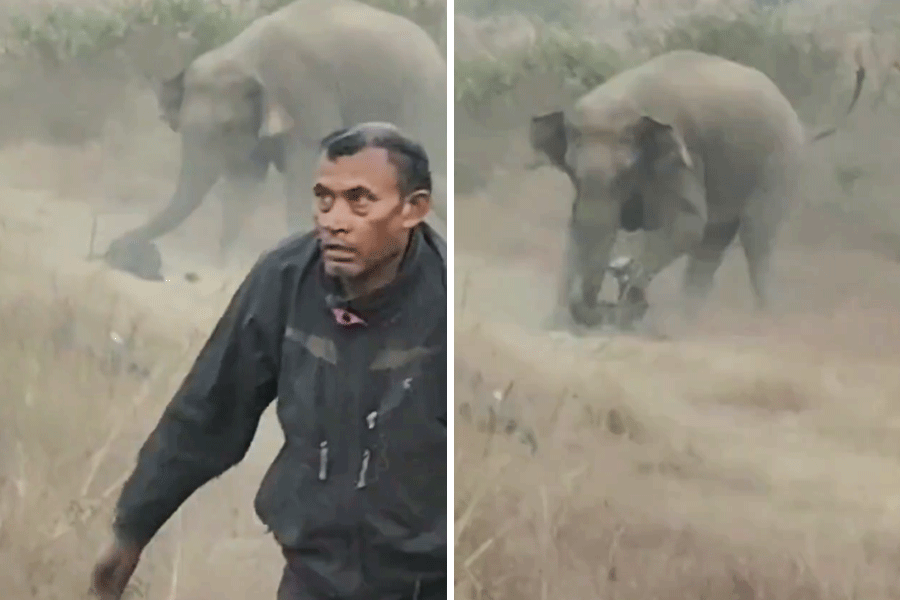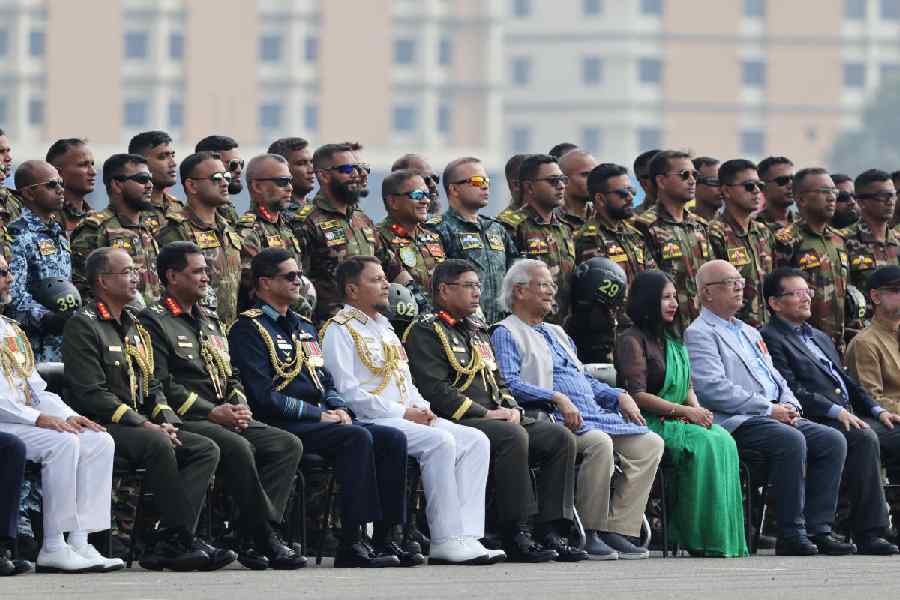The Indian Museum, which turned 200 on Sunday, will reopen on Tuesday. It was closed since September to facilitate the restoration of its mammoth structure. The vast edifice — the outer walls cover 5km — had never been thoroughly repaired before. The refurbished galleries look smart and airy with the new lights. They are not crammed with objects now. The focus is on individual pieces, both small and monumental. Here is what visitors can expect to see in the more viewer-friendly museum.
Visiting hours: 10am-4.30pm from December to February; 10am-5pm from March to November. The museum is closed on Mondays and some public holidays.
 |
| In the Long gallery of the archaeology section are arranged stone sculptures from various schools of Indian art from the beginning of the Christian era to about the end of 12th century AD, besides some medieval works from Southeast Asia. These are evidence of the influence of the religion and art of India on those of Indonesia and other parts of Southeast Asia. All the objects are displayed on their own and the cumbersome wooden cabinets have been removed. A map pinpointing the original sites from which they were transported hangs on the farthest wall. The windows of all galleries will be kept open and daylight will illuminate the galleries. But it will be difficult to keep the space dust-free now. |
 |
| An ivory model of the Taj Mahal, made in Murshidabad, is the centrepiece of a collection of ivory artefacts in the decorative art gallery. The museum had inherited these and innumerable other objects from the Calcutta International Exhibition of 1883-84. These can be seen in photographic albums of the exposition. |
 |
| The Indian Museum has such a huge and varied collection of textiles that a textile museum can be opened with it alone. The textile gallery on the first floor displays a stunning collection of Benarasis, kimkhab or gold brocade, shawls, embroidered kerchiefs and scarves. They are displayed in the original showcases made by Chinese carpenters at the behest of Lord Curzon. |
 |
| A touchscreen interactive kiosk in the numismatic gallery that houses a treasure trove of 52,000 coins, including gems and jewellery dating back to the 5th century BC. The originals are in the reserve for safe-keeping, and only their replicas are on display. |
 |
| The spectacular Bharhut gallery where the gateway and railings of a red sandstone stupa of the Sunga period in the 2nd century BC. were removed from their original site in Bharhut in Madhya Pradesh by Alexander Cunningham, the first director-general of the Archaeological Survey of India. It is the cynosure of the museum and can be accessed from the Chowringhee entrance. A disastrous error in judgement led to the sandstone structure being coated with varnish at some point of time. It cannot be removed any longer. Earlier, this gallery could be easily missed. Now the signage in the museum has been improved and the Bharhut gallery is quite prominent now. |
 |
| The massive plaster cast of the Ashoka Stambha of Sarnath on the landing of the grand staircase leading to the first floor. The museum has a huge and important collection of these casts. On the ground floor is the kalpadruma, the wish-fulfilling tree, discovered at Besnagar. It probably belongs to the Sunga period (2nd century BC). The plaster cast has a fresh coat of paint. |
 |
| The elaborately carved housefront from Bhavnagar in Gujarat with the model of a Burmese temple made of wood and glass next to it in the decorative art gallery. |
 |
The model of a DNA structure spirals from the high ceiling of the human evolution gallery of the anthropology section. This gallery too has an interactive kiosk waiting to be activated. |
| Pictures by Amit Datta |

